Fractal Design Anode and Zalman ZM-500GV
You’ve already read the extensive analysis of graphics card coil whine changes depending on the PSU used. One last thing is missing for it to be complete. And that is to add the behavior of cheap PSUs with lower quality components. Otherwise, one could still speculate that across classes the situation could be significantly different. Could it? This is what we will focus on in the measurements with “80 Plus” PSUs, one of which is also already quite old.
Does a cheap ATX PSU have a bigger impact on the coil whine of graphics cards than a more expensive one built on higher quality components? That’s what we’ll focus on in this article. It won’t be as many PSUs combined with different graphics cards as last time, but we don’t consider that necessary. For the reason that as long as the same graphics card was used, the dependency of the noise on the PSU used was always insignificant. We only tested the cheaper Fractal Design Anode (you already know that one from this article) and the old Zalman ZM-500GV with the MSI RTX 4070 Ti Super Ventus 3X. Both PSUs belong to the lower class and are rated 80 Plus Bronze in terms of efficiency.
The testing methodology is the same as for the more efficient PSUs from the previous analysis. This includes filtering out the external influence of interference from the power grid. For this, the PSUs are powered by pure sinusoidal voltage.
Test results
The noise measured by the noise meter, represented by a single value (a mix of all sound frequencies), does not deviate from the average value of the others for either PSU. We can even say that they correspond to it. With 37.5 dBA (Zalman ZM-500GV) and 38.0 dBA (Fractal Design Anode (550 W)) respectively, the noise of the coils with cheap PSUs is average.
While the Zalman ZM-500GV has a tonal peak at a high 10540 Hz, with the Fractal Design Anode it’s still high, but lower (than 10.5 kHz) at 6267 Hz.
The dominant sound frequency with the Anode (6267 Hz) is the same as the other two PSUs, the Chieftec Polaris 3.0 and Asus ROG Strix 850G Aura, while the noise differences at this frequency are negligible (at -1.6 dBu). The common tonal peak (with five other power supplies) is also with Zalman, which is the quietest. Not overall (i.e. taking into account all sound frequencies), but only on this one, the dominant one.
The distribution of noise levels at individual frequencies is well illustrated in the spectrograms below. In them you can focus on the dominant frequencies of both PSUs, for example. For the FD Anode it is 6267 Hz (-76.1 dBu), which the Zalman ZM-500GV has quieter by about 2.4 dBu, i.e. minimally.
The most annoying tone of the Zalman ZM-500GV (10540 Hz) is again quieter with the FD by about 3.8 dBu. This is more, but still not much and you will hardly register the difference at a greater distance or through a closed case. You still have to take into account that our measurements are from a very short distance, amplified (by a parabolic collar) and especially the fact that in a different scene the achieved sound frequency may be completely different and possibly the “quieter/louder” order may be reversed as well.
These are all very subtle nuances at the limit of being distinguishable by human hearing. It takes very special ears indeed to be able to confidently point out a setup with a noisier PSU, if you’re not looking.
English translation and edit by Jozef Dudáš
| PSU | Dominant sound freq. and noise level (with MSI RTX 4070 Ti Super 16G Ventus 3X) | ||
| Frequency [Hz] | Noise level [dBu] | ||
| Fractal Design Anode (550 W) | 6267,2 | -76,1 | |
| Zalman ZM-500GV | Zalman ZM-500GV | 10540,1 | -78,2 |
| Asus ROG Strix 850G Aura | 6267,2 | -77,6 | |
| BeQuiet! Dark Power 13 | SilentiumPC Fluctus 120 PWM | 10540,1 | -73,1 |
| Cooler Master GX III Gold 850 | 6088,7 | -77,2 | |
| Corsair RM850x Shift | 6088,7 | -74,8 | |
| DeepCool PX1000G | 10540,1 | -75,7 | |
| Enermax ERT850 EWT | 6088,7 | -78,0 | |
| FSP Hydro G Pro ATX3.0 | 10240,0 | -76,5 | |
| Gigabyte GP-UD850GM PG5W | 6088,7 | -78,0 | |
| Chieftec Polaris 3.0 (PPS-850FC) | 6267,2 | -77,4 | |
| MSI MPG A850G | 12901,6 | -78,0 | |
| Seasonic Vertex GX-850 | 10540,1 | -74,6 | |
| SilverStone DA850R Gold | 10540,1 | -73,7 |





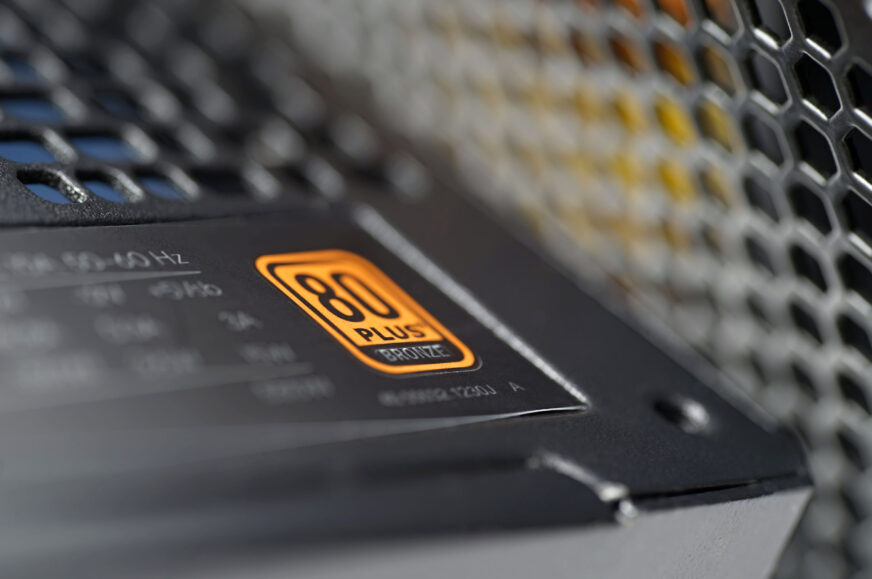
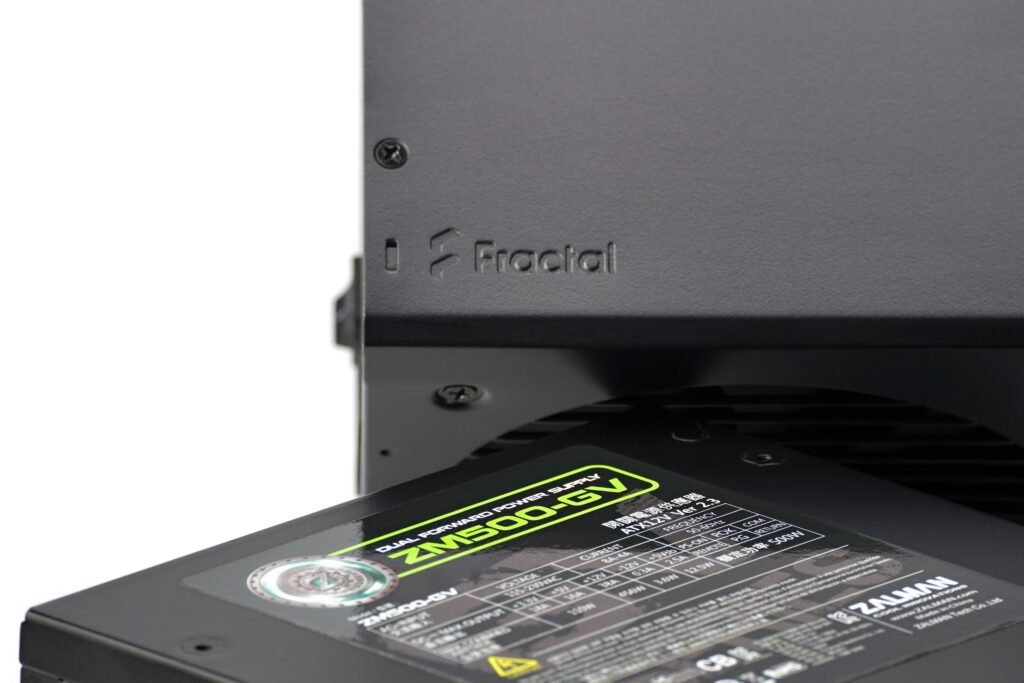
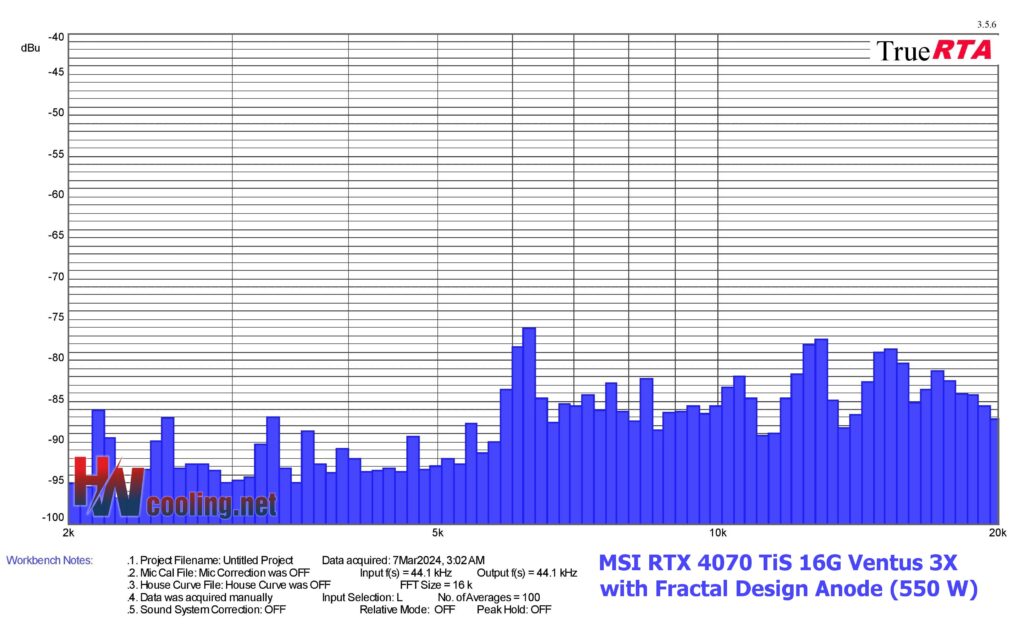
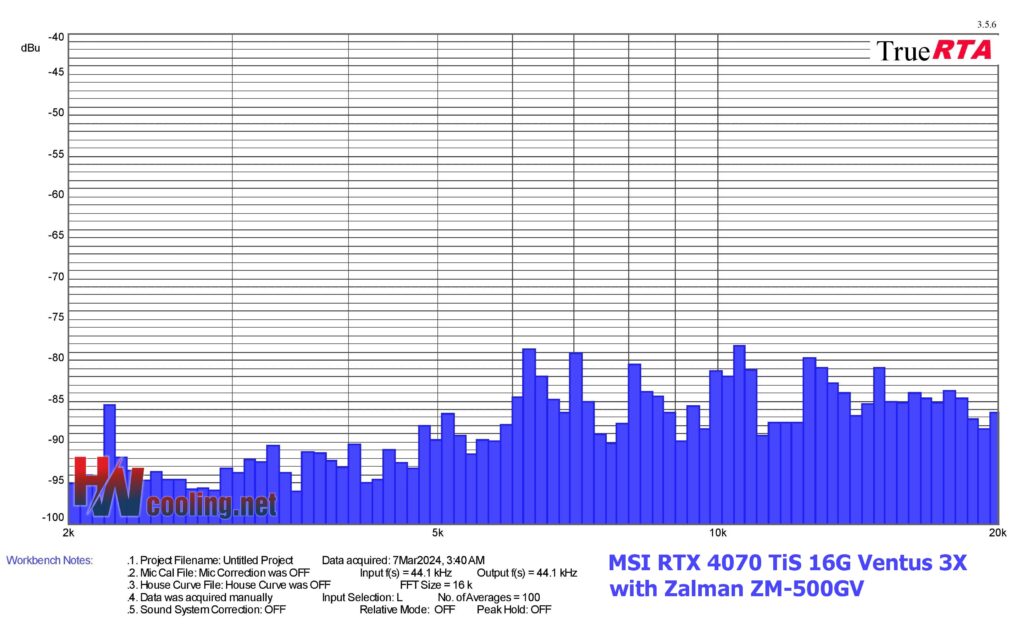
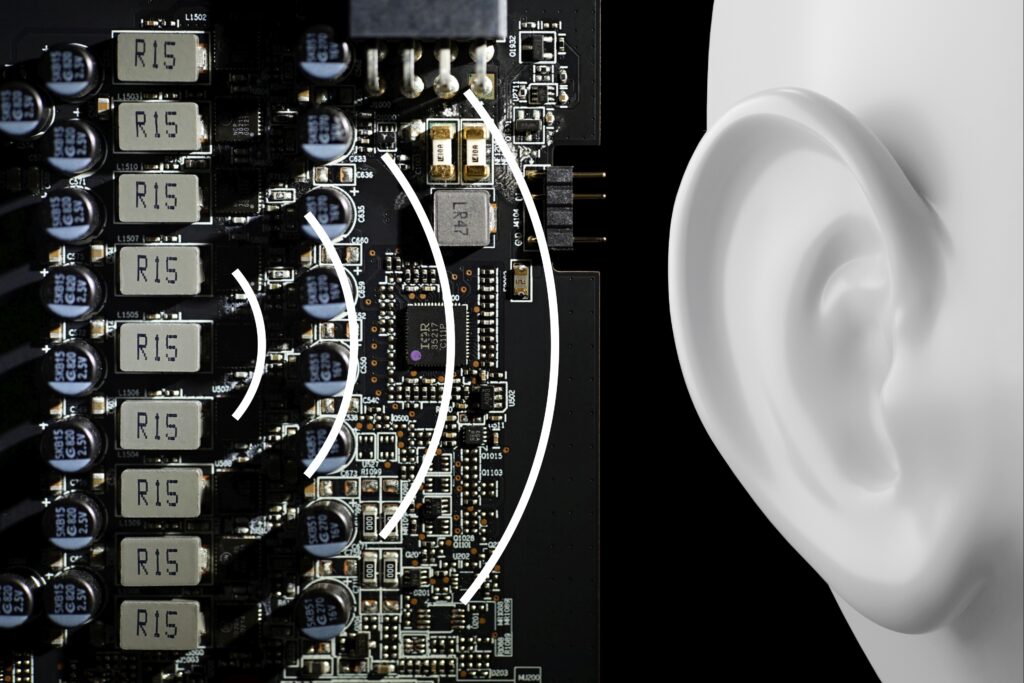
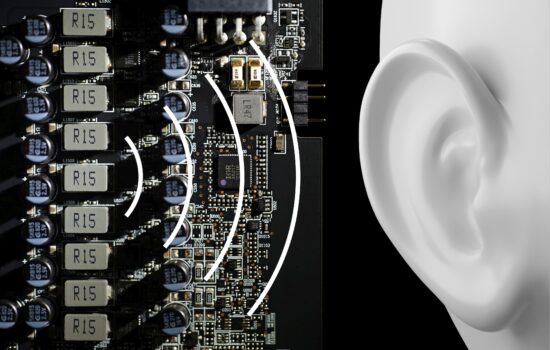





It was completely expected, but it’s great to have it confirmed in tests. Sadly, we will be reading the “buy a 1000W+ PSU” pieces of advice on reddit for the next few generations. This excessive focus on PSUs in coil whine context reminds me of a joke popular about 15-20 years ago in Poland, when multiple tech forums were thriving, and attracting novice users. PSUs were generally discarded as anything important back then, especially since GPUs and CPUs had much lower power requirements. These newbies flexed their e-muscles in PC troubleshooting by telling the poor original posters to check their PSU by performing electrical measurements or swapping a PSU, even if the issue was software-related. “Did you check your power supply?” quickly became a meme for all computer-related problems. Sometimes it was used even in everyday problems context, to make the atmosphere less tense.
The main problem is probably that most people give clear recommendations based on their “own experience”. At the same time, they don’t realize that it is shaped by subjective perceptions, which everyone can evaluate differently, and especially in an extremely unique (and changing) environment…